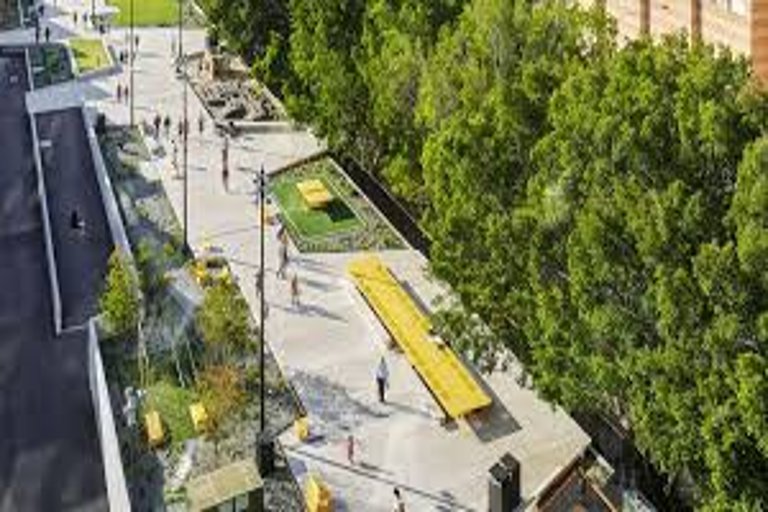Opinion
Sydney’s Public Spaces Deserve Bolder Design
As urban density increases, Sydney must embrace innovative architecture that serves people, not just prestige.
1 June 2025 at 6:06 AM | By Melissa Tan, BridgeView Bulletin

As Sydney’s population continues to grow and densify, questions are being raised about the design ambition of the city’s public spaces. While major investments are being made in infrastructure and housing, critics say public spaces remain bland, underutilized, and overly focused on risk mitigation rather than creativity and civic engagement.
Urban designers and architects have pointed to international cities like Copenhagen and Medellín as examples of bold, people-first design that merges function with joy. 'We don’t lack the resources—we lack the will to take risks,' said Laura Pierce, a Sydney-based urban strategist. 'Our spaces too often prioritize car flow or security over vibrancy.'
Recent examples, such as the renovation of Darling Harbour and the light rail corridor plazas, have drawn mixed reviews. While functional, these projects have been critiqued for their sterile finishes, lack of shade, and limited support for spontaneous social use. Critics say they feel more like thoroughfares than destinations.
Designers argue that true civic space should invite curiosity and interaction. This means incorporating public art, flexible seating, native landscaping, and inclusive play areas that cater to a wide range of ages and abilities. It also means creating spaces where people linger, not just pass through.
Community-led projects, such as pop-up parks in Newtown and tactical urbanism pilots in Surry Hills, offer glimpses of what’s possible when residents and designers collaborate. These projects have been shown to improve social cohesion, support local business, and make neighborhoods feel more human.
The NSW Government has acknowledged these critiques and recently launched the 'Public Space Charter,' a framework that emphasizes equity, sustainability, and design excellence. However, experts warn that without strong enforcement and public demand, the charter risks being yet another document with limited impact.
As Sydney faces the twin challenges of climate adaptation and social inclusion, public space will play an increasingly vital role. Advocates are calling for braver design decisions that reflect the city’s diversity and energy—and turn its shared spaces into places that truly belong to everyone.